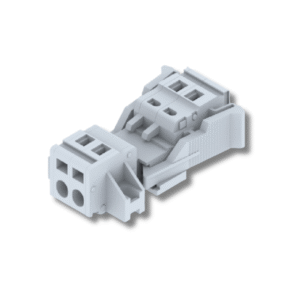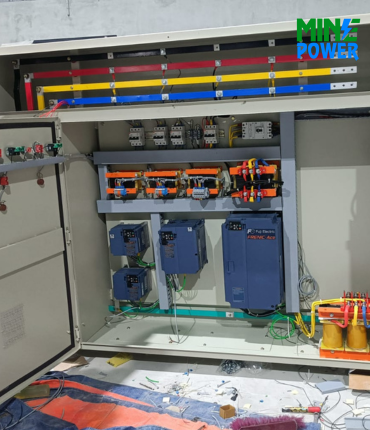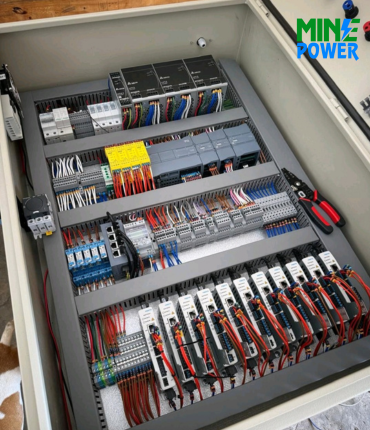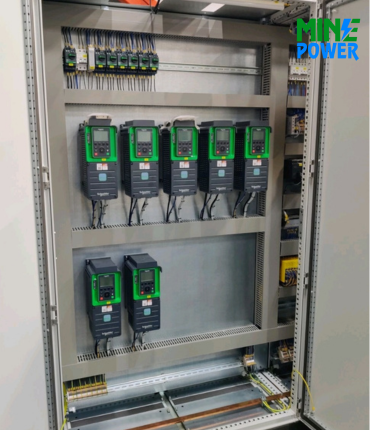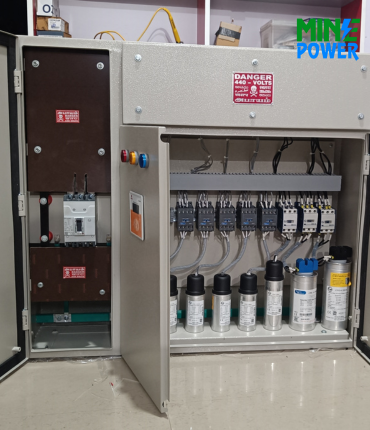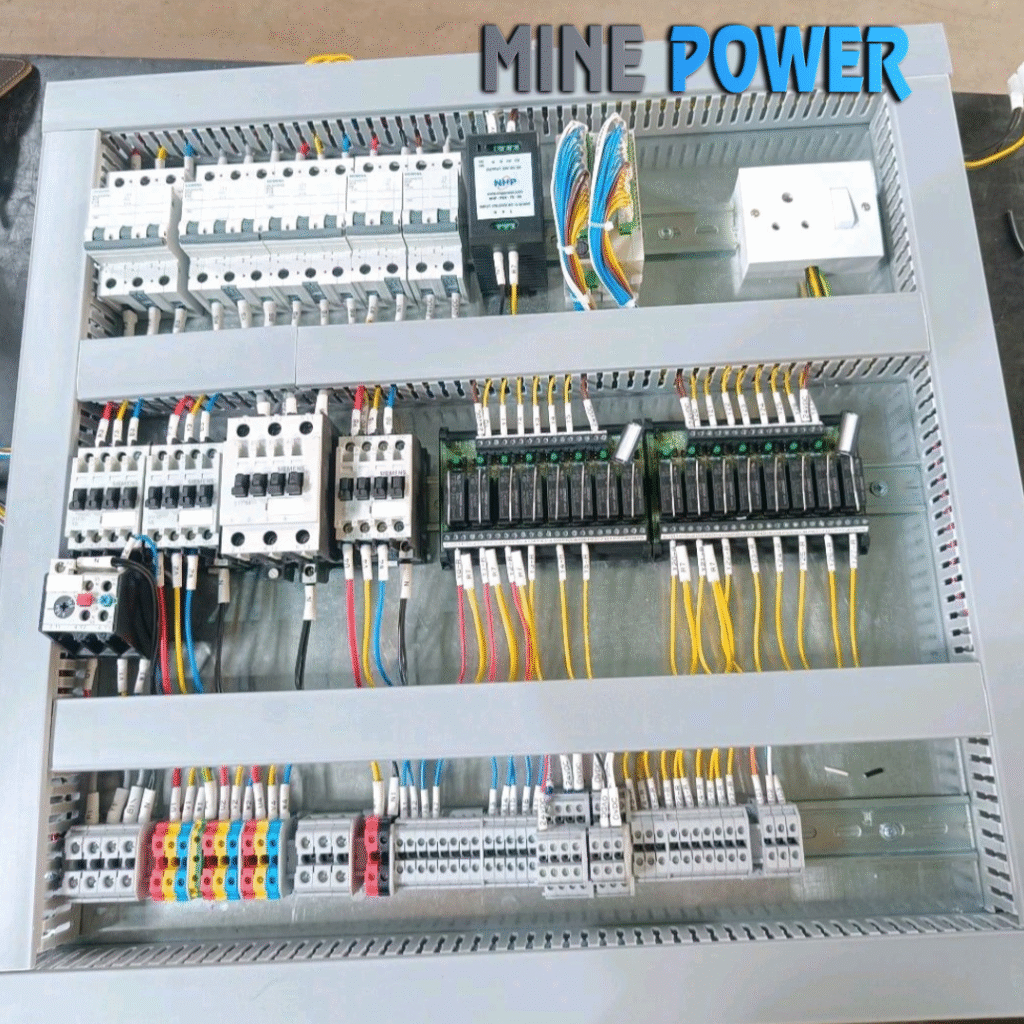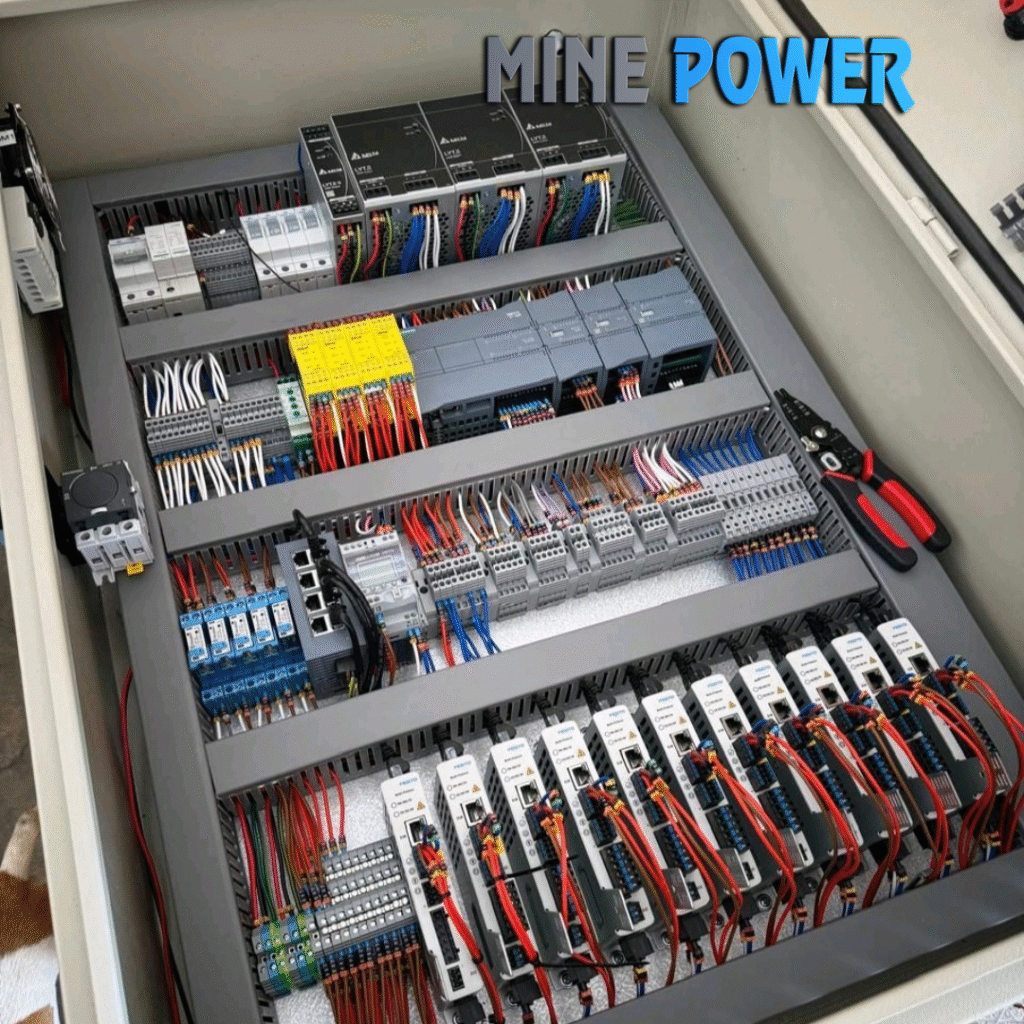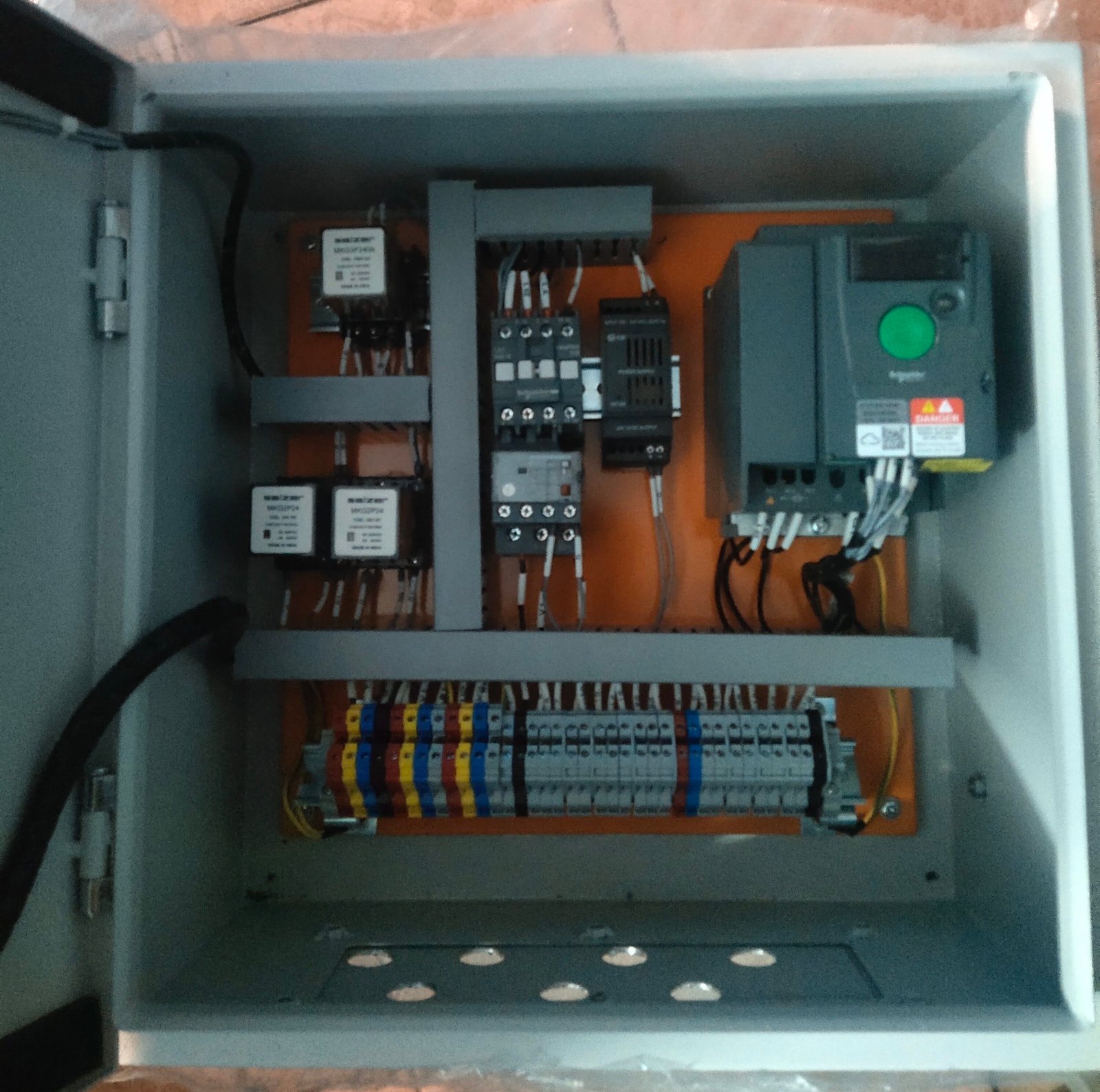The Disconnecting Terminal Block is a reliable wiring solution designed for safe circuit isolation and easy maintenance in electrical systems. With its modular DIN rail design, it allows quick disconnection without removing wires, ensuring efficient testing, servicing, and troubleshooting. Built from high-quality, flame-retardant materials, this terminal block provides secure connections, durability, and long-term performance in control panels, power distribution, and industrial automation applications.
Description
A Disconnecting Terminal Block is a modular electrical connector designed for safe, efficient, and reliable termination of conductors with the added function of circuit isolation. These blocks allow quick disconnection of individual circuits without removing the wires, making them ideal for applications that require frequent testing, maintenance, or monitoring. Mounted on DIN rails, they offer a space-saving, secure, and professional wiring solution for control panels, switchgear, and industrial automation systems.
Specifications
-
Type: Disconnecting / Isolating Terminal Block
-
Rated Voltage: 600V – 1000V (depending on model)
-
Current Rating: 10A – 32A / higher as per design
-
Connection Type: Screw clamp / Spring clamp / Push-in technology
-
Mounting: Standard DIN rail (35mm)
-
Material: Flame-retardant, high-strength insulating material (PA 66, UL94-V0 rated)
-
Wire Size Compatibility: 0.5 mm² – 10 mm² (AWG 20 – AWG 8)
-
Testing Facility: Test plug points for measurement
-
Standards Compliance: IEC / UL certified
Applications
-
Electrical control panels and switchboards
-
Power distribution systems
-
Industrial automation and machinery
-
Building management systems (BMS)
-
Railways, energy, and renewable power plants
-
Testing, measuring, and maintenance operations
Advantages
-
Enables quick circuit isolation without disturbing wiring
-
Compact, modular design saves space on DIN rails
-
Provides safe and secure electrical connections
-
Available in multiple connection technologies (screw, spring, push-in)
-
Easy to install, maintain, and test using built-in test points
-
Durable, flame-retardant, and vibration-resistant design
Disadvantages
-
Slightly higher cost compared to standard terminal blocks
-
Requires specific models for higher current capacity
-
May occupy more space in dense wiring compared to regular terminal blocks



